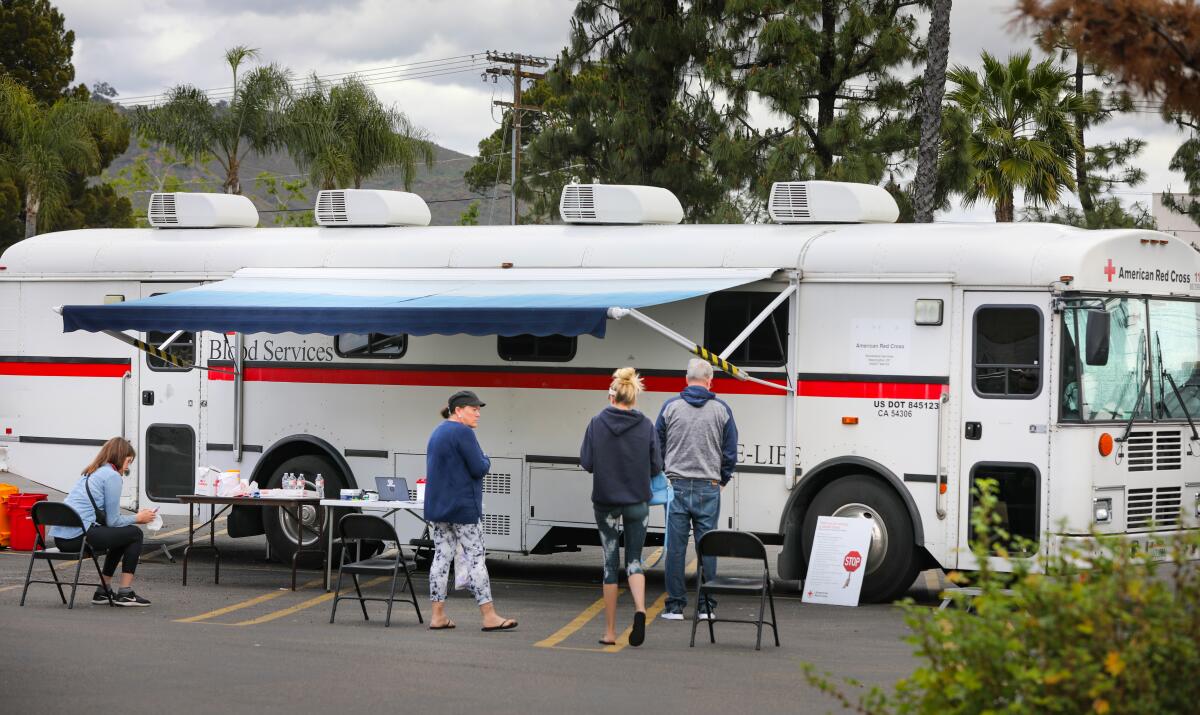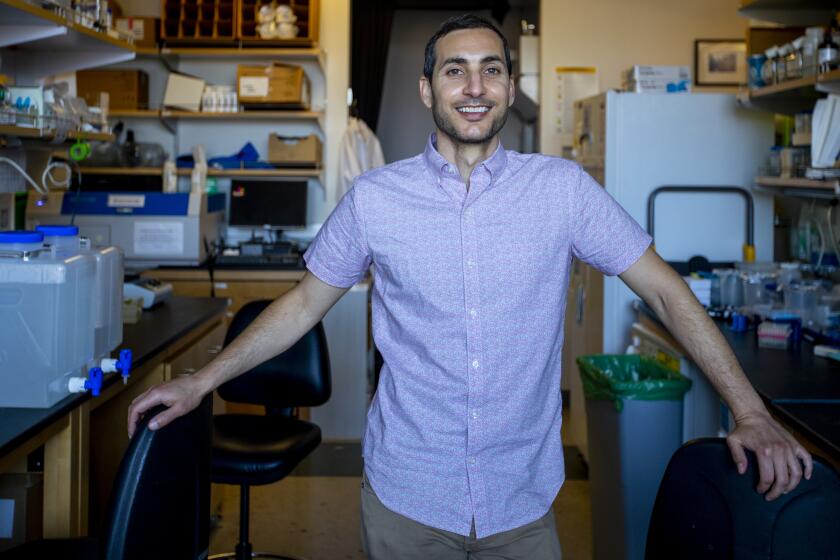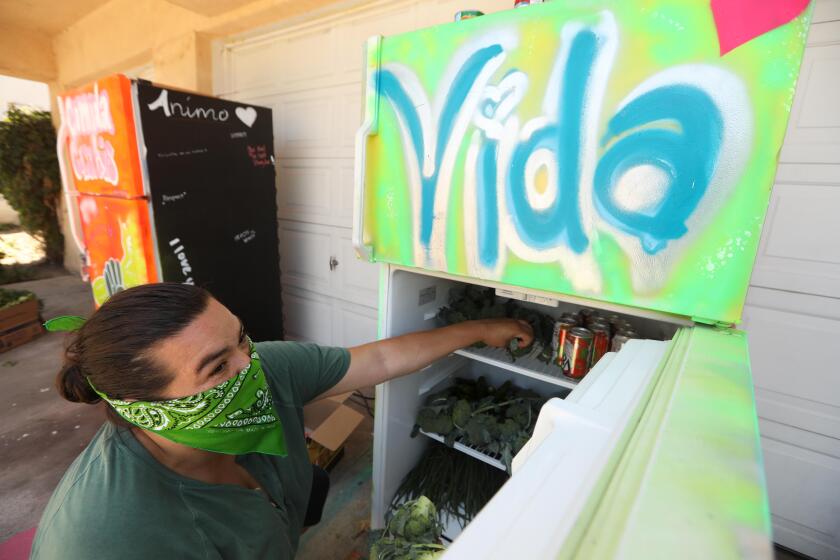Op-Ed: Amid a nationwide blood shortage, your donation could save my life

- Share via
I’ve never been very good at math, but here are some numbers about me: my age; how old I was when I received my first blood transfusion; and how many transfusions I’ve had since.
35; 6 months; and, at this point, nearly 900.
Needing blood is something I can set a watch to — it’s an unavoidable aspect of my life and routine, and has been since I was diagnosed with a chronic blood disorder (beta thalassemia major) as an infant. No matter what else is going on — holidays, work events, global health crises — I still always need another transfusion.
Men who have sex with men have long faced restrictions on giving blood in the United States. A new study could lead to changes.
Growing up in the United States, I’ve been privileged with an extremely safe and reliable blood supply, so much so that I’ve never had to think twice when the time comes for my next transfusion appointment. I expect the two units of blood I need to be there. They always have been.
That is, until now.
While our blood supply is just as safe, having those units of blood waiting for me are no longer a guarantee. The U.S. is currently in the middle of what has been referred to by some as a blood emergency — the country’s blood supply is at its lowest level in a decade. According to Dr. Ross Herron, division chief medical officer at the American Red Cross, the U.S. has been experiencing low donor turnout ever since the COVID-19 Delta variant began spreading last summer, and the inventory of some blood types has dropped below one day’s supply in recent weeks — that’s a dangerously low level.
“We tend to assume that blood is always available in the U.S., however, the only source is volunteer blood donation. COVID has placed significant additional barriers to obtaining blood for emergencies, and for many children and adults who depend on blood transfusion to survive,” explained Dr. Thomas Coates, head of hematology at the Cancer and Blood Disease Institute at Children’s Hospital Los Angeles.
Americans need more than 45,000 units of blood daily; more than 16 million units of blood and blood products are transfused each year. But on average, only 3% of the U.S. population donates a year.
Philanthropy data too often ignore remittances to family members abroad and other forms of support that define Latino giving.
I can do a lot of things to take care of myself and stay healthy, but I can’t go without a blood transfusion; it’s nonnegotiable. My body doesn’t make enough of its own red blood cells to keep me alive. Donated blood from the countless, generous humans I’ve never met is the only reason I’ve been able to have a fairly normal life all these years.
My story isn’t all that unique. Besides people like me with blood disorders, people with many kinds of medical needs — for instance, those who need surgery, have been in serious car accidents or experience a severe complication during childbirth — may end up needing a blood transfusion to save their lives. Not to mention many cancer patients going through chemotherapy — they rely on and use more than a quarter of our donated blood supply.
The silver lining is that this blood emergency is pretty simple to end, as long as we care enough to make it happen. That means signing up to donate blood in your community, and then making it a habit. Here in California, if you’re at least 17 years old and are feeling well, chances are you’re eligible to donate; and if you’ve received any of the COVID-19 vaccines authorized in the U.S., you can still give blood (full eligibility requirements for donating are available on the American Red Cross’ website).
To give blood, you can sign up for a donation appointment through the American Red Cross or search for a donation site on the America’s Blood Centers’ website. You can also call your local hospital to see if they’re accepting blood donations. For example, Torrance Memorial Medical Center and UCLA Health have donation centers where you can donate right now. We’re talking about an activity that takes less than 30 minutes, and the reward is an opportunity to be someone’s hero (plus a cookie or juice box, usually). It’s a way to do some tangible good, and it is safe even during a pandemic.
One donation can save up to three lives. That’s three real people — like me, with families and hobbies and a favorite color. Maybe I’m biased, but I’d say that’s the best gift you could possibly give this holiday season.
Joelle Zarcone is an editor and freelance health and culture writer in the Los Angeles area.
More to Read
A cure for the common opinion
Get thought-provoking perspectives with our weekly newsletter.
You may occasionally receive promotional content from the Los Angeles Times.












